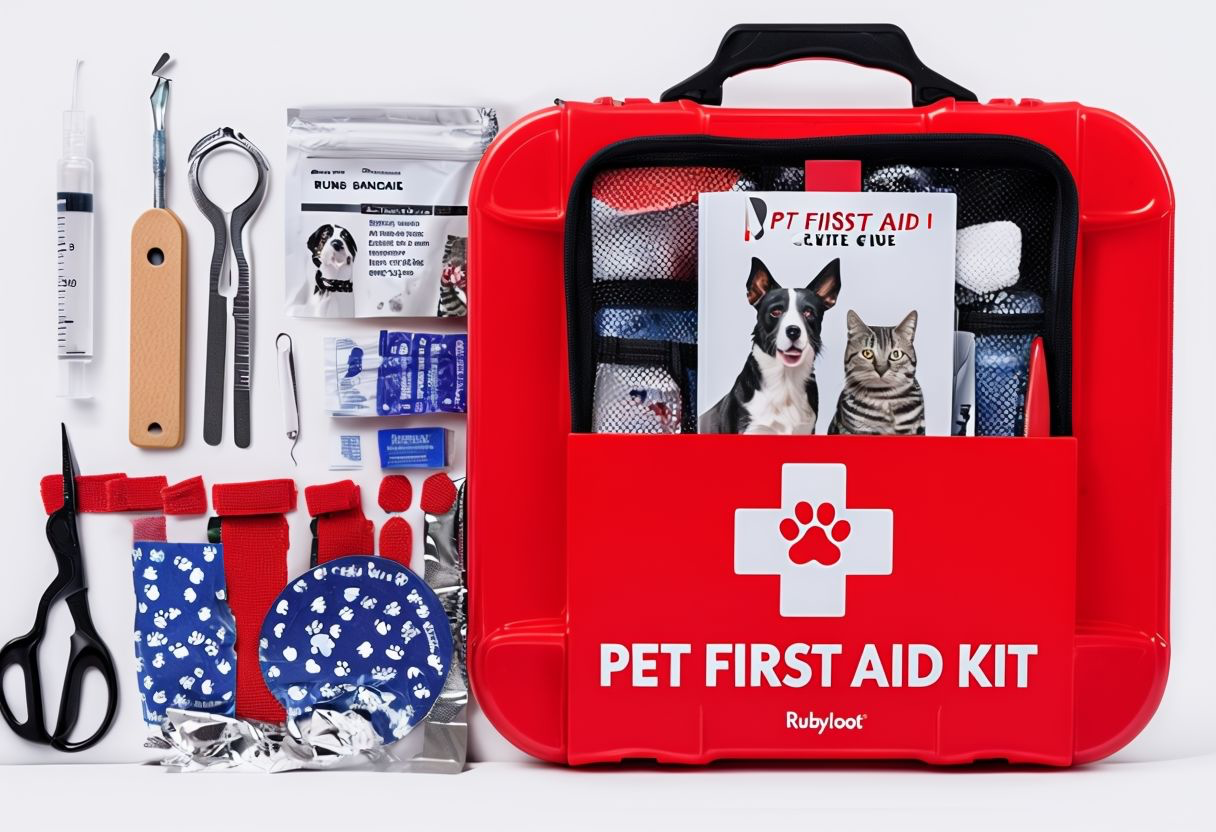Pet Safety During Japanese Natural Disasters
Essential preparedness tips for earthquakes, typhoons, and other emergencies

Japan is prone to natural disasters including earthquakes, typhoons, and tsunamis. Being prepared to protect your pets during emergencies is crucial for their safety and your peace of mind. Here's a comprehensive guide to pet disaster preparedness in Japan.
Emergency Pet Kit Essentials
Prepare a dedicated emergency kit for your pets that includes:
- 3-7 days of food and water
- Medications and medical records
- Collapsible bowls and feeding supplies
- Leash, harness, and carrier
- Comfort items (toys, blankets)
- First aid supplies
- Recent photos of your pet
- Contact information for veterinarians
Earthquake Preparedness
During earthquakes, pets may become frightened and try to hide or escape. Secure heavy furniture and appliances that could fall on pets. Keep carriers easily accessible and practice getting your pet into them quickly. Consider microchipping your pet for identification if they get lost.
Typhoon and Flood Safety
Typhoon season (June-October) requires special preparation. Keep pets indoors during storms and have a plan for evacuation if necessary. Know which local shelters accept pets, as not all do. Keep your pet's emergency kit in a waterproof container.
Evacuation Planning
Identify pet-friendly evacuation shelters in advance. Many Japanese municipalities have designated pet-friendly shelters, but space is limited. Have backup plans including pet-friendly hotels or friends' homes outside the disaster area.
Post-Disaster Care
After a disaster, pets may be stressed or injured. Check them carefully for injuries and provide comfort. Maintain routines as much as possible to reduce anxiety. Be patient as pets may need time to adjust to changes in their environment.
Community Resources
Connect with local pet owner groups and emergency response organizations. Many communities have pet disaster response teams that can provide assistance during emergencies. Keep updated contact information for these resources.
Remember, being prepared can make the difference between life and death for your pets during natural disasters. Take the time to plan and practice your emergency procedures regularly.
